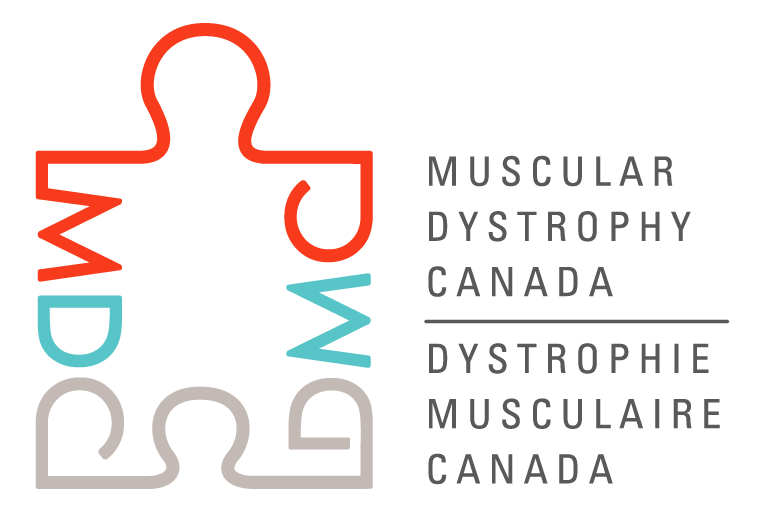Motor network connectivity in spinal muscular atrophy: new pathways for intervention
2022
Lead investigator

Dr. Maryam Oskoui
The Research Institute of the McGill University Health Centre
Montreal, Québec
Collaborators & Co-Investigators
- Marie Brossard Racine, OT, PhD
- Adam Kirton, MD
- Bernard Brais, MD, PhD
- Cam-Tu Nguyen, MD
- Alan Evans, PhD
- Samir Das, PhD
- Hugh McMillan, MD, MSc
- Roberta La Piana, MD, PhD
- Erin O'Ferrall, MD, MSc
Research Sites & Affiliations
- McGill University, Montreal, Québec
- Alberta Children's Hospital, Calgary, Alberta
- Centre Hospitalier Universitaire Sainte-Justine, Montreal, Québec
- Montreal Neurological Institute and Hospital, Montreal, Québec
- Montreal Children's Hospital, Montreal, Québec
Budget: $100,000
Disorders: Spinal Muscular Atrophy
Research Areas: Discover Novel Treatments & Therapies
Abstract:Spinal muscular atrophy (SMA) is a rare disorder that causes muscle weakness. It is caused by low levels of a protein called survival motor neuron (SMN). Treatments that boost SMN protein make a big difference to people if started soon after they are born. For everyone else who gets treated after their muscles became weak, we need to find more ways to help them get stronger. Not much is known about how the brain is wired in SMA. The brain’s wiring depends on our movements when we are very young. Since most people with SMA become weak at a young age, their brain is probably wired differently. In other disorders, we have effective ways to help people learn and get stronger if their brain wiring is different.
In this study, we will look at the brain wiring of kids and adults with SMA and compare it with that of people without SMA to see if they are different. We will take a series of specialized brain pictures in a single session and analyze them. We will also get information about them from their medical chart such as their age and level of ability. The pictures will look both at how the brain looks and how the brain is wired. We will take the pictures exactly the same way in people with SMA as we already did for people without SMA, so we can compare them. If people with SMA have a difference in their brain wiring, it will open the door another ways of helping them reach their best potential.
Impact:
